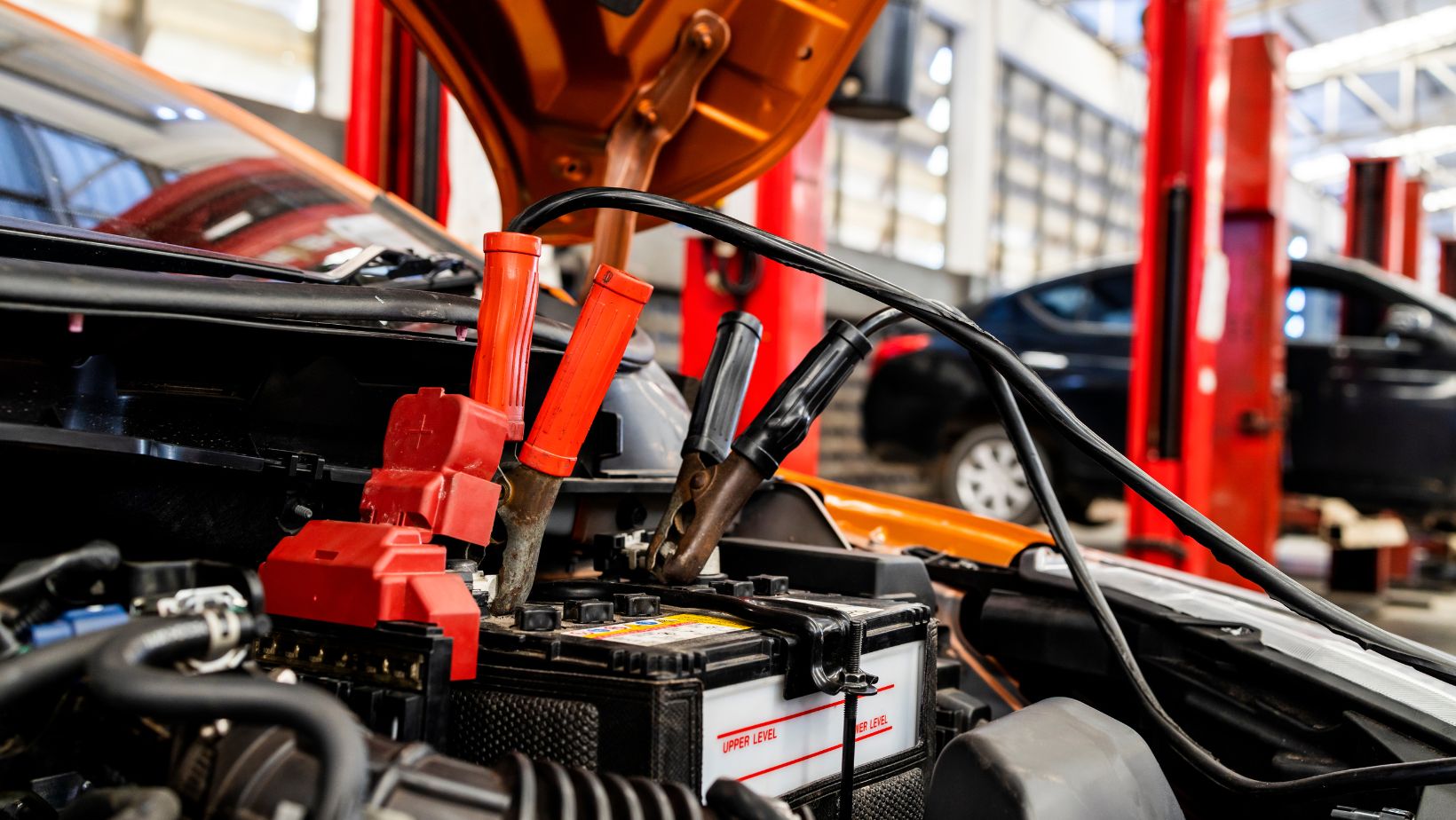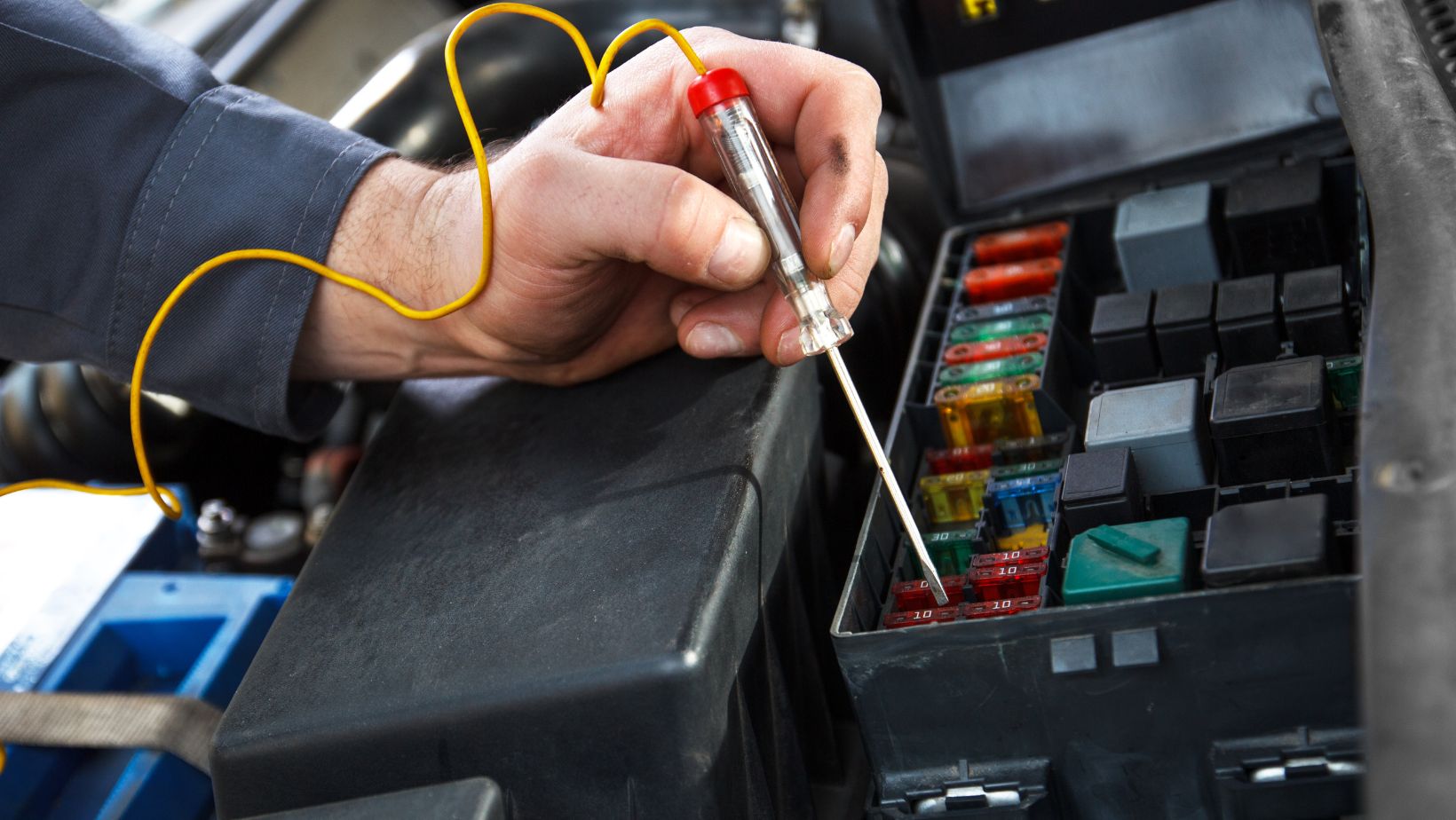When it comes to car repair, electrical issues can be some of the most perplexing and frustrating to deal with. From faulty wiring to malfunctioning components, electrical problems can cause a wide range of issues in your vehicle. In this article, I’ll delve into the world of car repair electrical, providing you with insights and tips on how to diagnose and fix common electrical problems that may arise in your car.
One of the key aspects of car repair electrical is understanding the intricate wiring system that powers various components in your vehicle. Whether it’s dealing with a dead battery, a malfunctioning alternator, or faulty fuses, having a basic knowledge of these components can go a long way in troubleshooting electrical issues. I’ll walk you through the steps to identify potential problem areas and guide you on how to carry out repairs safely and effectively.
Car Repair Electrical
Faulty Battery
One of the most common electrical issues in car repair is a faulty battery. A car’s battery plays a crucial role in providing the electrical power needed to start the engine and operate various components, such as lights, radio, and air conditioning. However, over time, batteries can wear out or become damaged due to factors like extreme temperatures or prolonged use.
Signs of a faulty battery may include difficulty starting the car, dim headlights, or an illuminated battery warning light on the dashboard. In some cases, a dead battery may need to be replaced entirely. It’s important to regularly inspect and maintain your car’s battery by checking its voltage levels and cleaning any corrosion buildup on the terminals.
Defective Alternator
Another common electrical issue that can arise during car repairs is a defective alternator. The alternator is responsible for charging the battery while the engine is running and supplying power to various electrical systems in the vehicle. If there are problems with the alternator, it can lead to issues with charging the battery properly.
Symptoms of a defective alternator include frequent battery drain even after recharging it, dimming headlights while driving at low speeds or when using other electrical components, or an illuminated check engine light. If you suspect an issue with your alternator, it’s essential to have it diagnosed and repaired promptly to prevent further damage.

Diagnosing Electrical Problems in Vehicles
When it comes to car repair, electrical issues can be some of the most challenging and frustrating to diagnose. From a dead battery to malfunctioning lights or a faulty starter, there are various electrical components in a vehicle that can cause trouble. In this section, I’ll guide you through the process of diagnosing electrical problems in vehicles.
- Start with a visual inspection: Begin by checking for any visible signs of damage or loose connections in the electrical system. Look for frayed wires, corroded terminals, or burnt fuses. Sometimes, a simple visual inspection can reveal the root cause of the problem.
- Test the battery: A weak or dead battery is often the culprit behind many electrical issues. Use a multimeter to check its voltage and ensure it meets the manufacturer’s specifications. If the voltage is low, recharge or replace the battery accordingly.
- Check the alternator: The alternator is responsible for charging your vehicle’s battery while it’s running. If you’re experiencing dim lights or frequent battery drains, it could indicate an issue with the alternator. Perform an alternator output test using a multimeter to verify if it’s functioning properly.
- Inspect fuses and relays: Faulty fuses and relays can disrupt power flow to various electrical components in your car. Check all relevant fuses and relays using a fuse tester or multimeter to identify any blown fuses or malfunctioning relays.
- Utilize diagnostic tools: Modern vehicles come equipped with onboard diagnostics (OBD) systems that provide valuable information about potential electrical problems. Connect an OBD scanner to your vehicle’s diagnostic port and scan for error codes related to electrical malfunctions.
- Seek professional help if needed: If you’ve gone through these steps and still haven’t identified the issue, it may be time to consult a professional mechanic who specializes in automotive electrical systems. They have the expertise and specialized tools to diagnose and repair complex electrical problems.
Remember, diagnosing electrical issues in vehicles requires patience and thoroughness. Take your time, follow these steps, and don’t hesitate to seek professional assistance when necessary. By understanding the basics of car repair electrical diagnostics, you’ll be better equipped to tackle electrical problems that may arise in your vehicle.








































